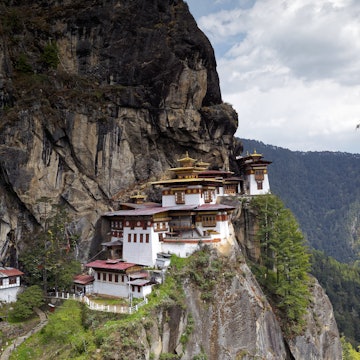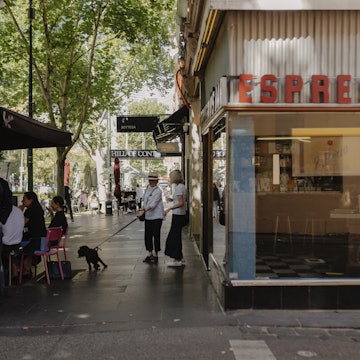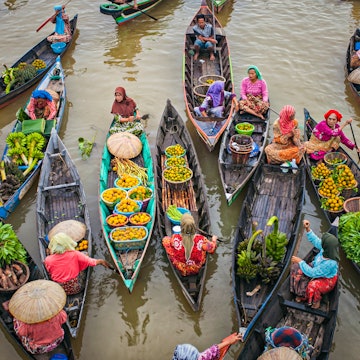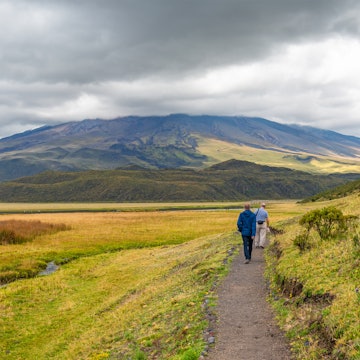
The people we met – celebrating 12 years with Lonely Planet Magazine
Jun 16, 2020 • 7 min read
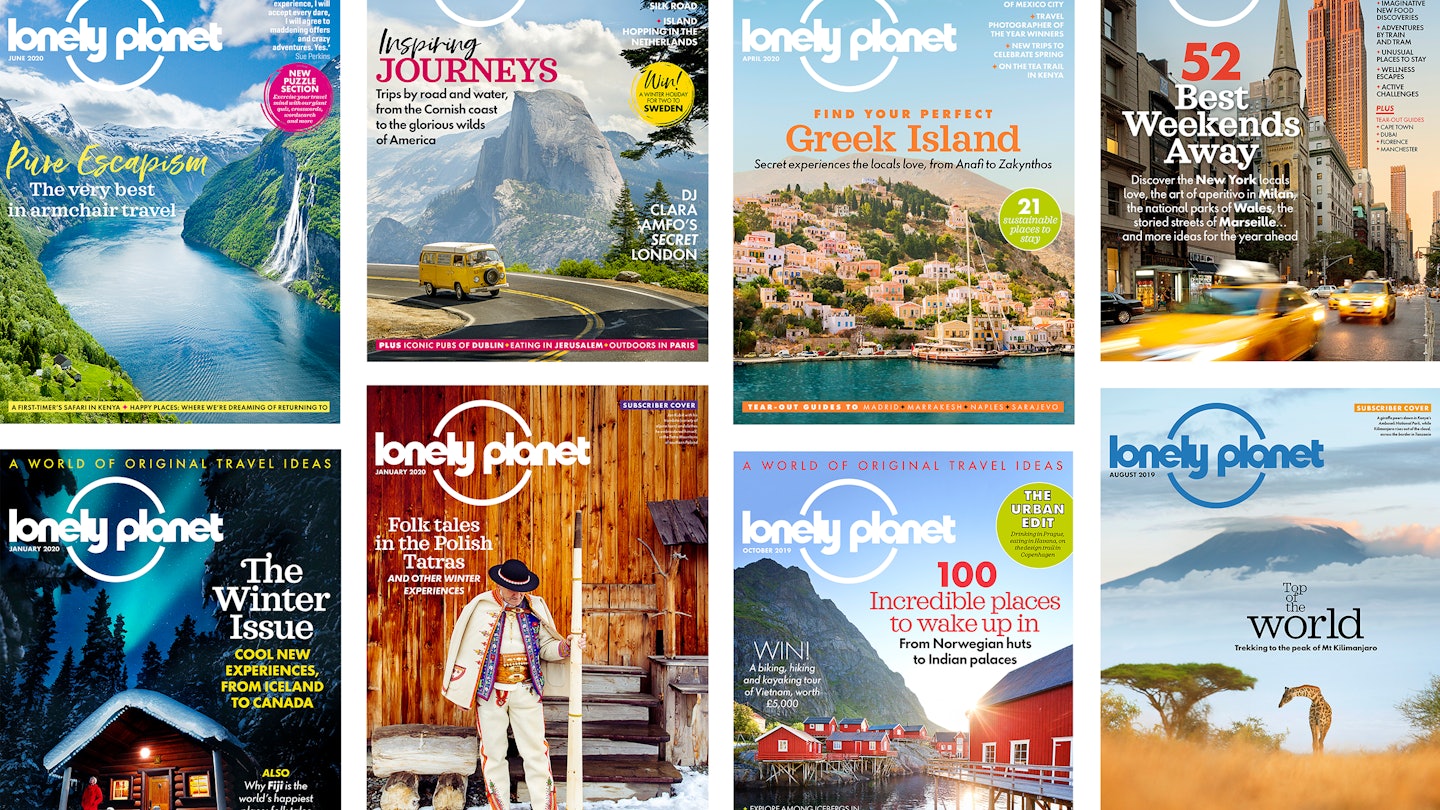
Peter Grunert celebrates 12 years of Lonely Planet’s magazine, and the friendships he made along the way © Lonely Planet
This is the final article I’ll write as editor of Lonely Planet’s magazine. The June 2020 issue has been delivered, and sadly that will be the last for the foreseeable future.
But forgive me if I find it hard to dwell on this moment of disruption. Instead comes gratefulness to have edited 138 monthly issues and over 500 long-form features in my time with the magazine. I can’t think back on the publication’s history without my mind whirling off in the direction of the experiences enjoyed, the lessons learnt from so many talented colleagues and, above all else, the people we were fortunate enough to meet along the way.
Back in 2008, I was set the entertaining task of launching a travel magazine for Lonely Planet. The company was then, above all else, a guidebook publisher, with its ownership mid-transition from founders Maureen and Tony Wheeler to the BBC. Through our research and brainstorming, we decided that a magazine with Lonely Planet’s name on it should have two distinctive qualities: we would be the home of original travel ideas, whether located a couple of streets from some famous monument or well off the beaten track; and we’d always push stories right to the fore that were shared by the people interviewed and photographed on our research trips. Such authentic local insights on culture, history, food, drink and the natural environment would develop to become the editorial heart of the magazine.

Our UK edition was planned to be the content hub for a sprawling network of partner editions, and over time these launched in Argentina, Brazil, China, the Czech Republic, France, Germany, India, Italy, Korea, the Netherlands, Norway, the Philippines, Singapore, Spain, Sweden, Taiwan, Thailand, the UAE and the USA. The magazine’s features traveled fantastically well.
The "mothership" edition also became the UK’s best-selling travel magazine. It started heaping up awards, among them travel magazine of the year, travel writer of the year, travel photographer of the year and, ahem, new editor of the year.
While working through research documents and proofreading articles, I learned something intriguing every day. I loved seeing the edits from our latest shoots roll in from photographers, and keeping in touch with the travels of the half-million followers our magazine account built up on Instagram.
I was often too busy with editing and publishing tasks to join our writers and photographers out on the road quite as much as I’d have liked, but I did aim to write at least one large-scale feature a year. As I said, it’s the encounters with those we met along the way that now shine through the very clearest, so here are a few of my most memorable...

Uncle Kelvin, Australia
Around a firepit at the end of a day, photographer Philip Lee Harvey and I joined Uncle Kelvin, an elder of the Adnyamathanha Aboriginal group – the rock people of the northern Flinders Ranges, Australia. Uncle Kelvin talked of mysterious initiation ceremonies and the rock carvings of owls, echidnas, goannas and emus left by his ancestors, tens of thousands of years before. A meal of bush tucker was promised, but where I’d expected to go in search of witchetty grubs and honey ants, instead Uncle Kelvin’s nephew Haydyn turned up with freshly-baked scones – spread with jam made from the fragrant fruit of the quandong tree, earlier foraged from the South Australian outback.

Agung Rai, Bali
Beyond the tourist hubbub of Ubud in central Bali, the calmer pace of rural village life continues. It was here in the "golden hour" of dawn that I strolled with Agung Rai, a descendant of farmers and an expert on the island’s spiritual culture. He lit a clove-scented cigarette and pointed to the shadowy, still-active volcano that shares its name with him – Gunung Agung, the tallest, most sacred mountain on Bali. We watched flocks of white egrets rise from the rice paddies, as a villager generously asked if we’d like to join his family for breakfast. His wife looked a little startled when we entered their home, but once a pig had been shooed from the kitchen, a welcoming space was found at their table.
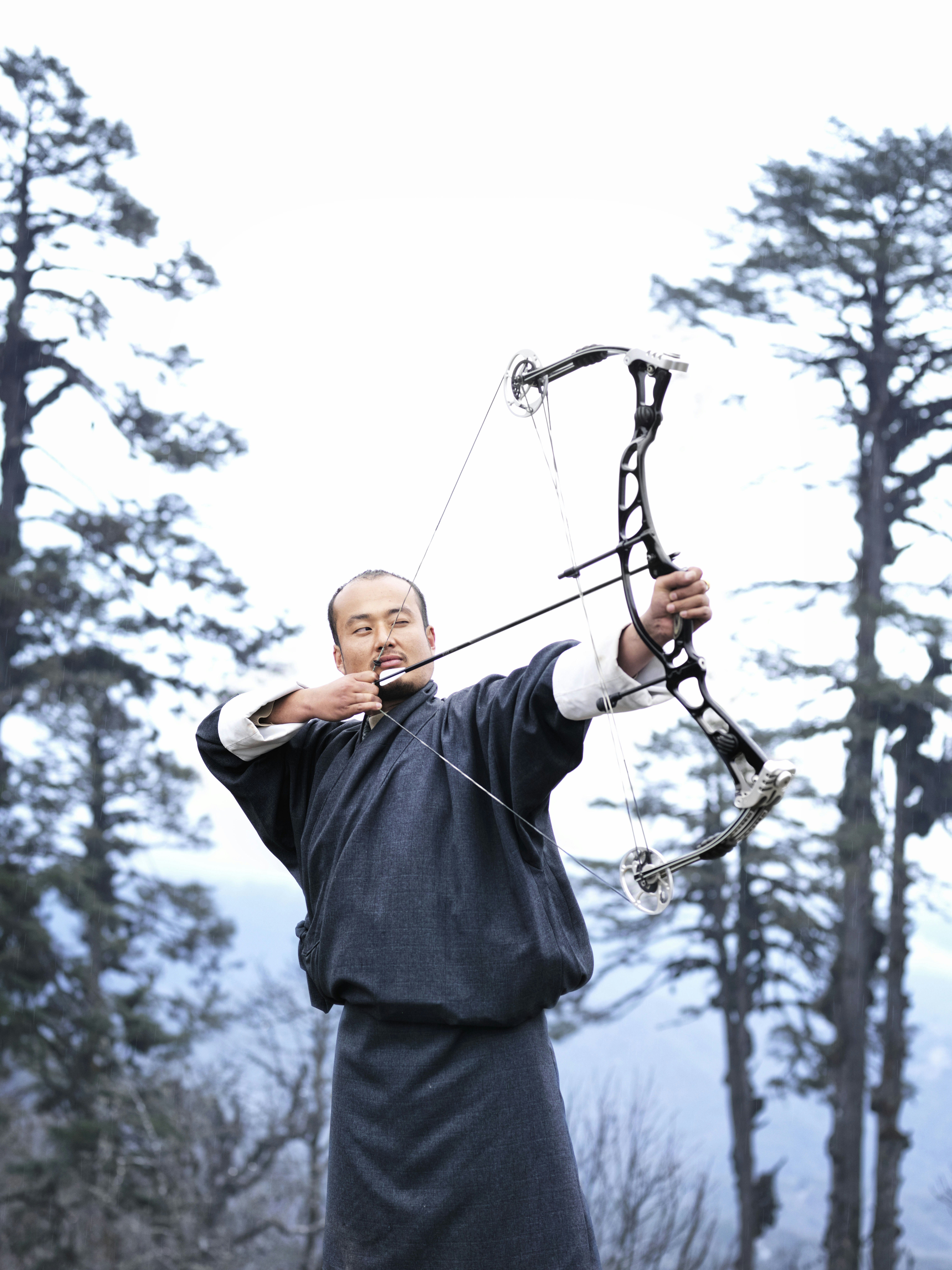
Karma Dhendup, Bhutan
Karma is an expert archer and fixer of access to the most elaborately decorated dzongs – fortified Buddhist monasteries – in Bhutan. On a high-altitude tour of this remote Himalayan kingdom, he took me in search of the Divine Madman: Lama Drukpa Kunley, the saint whose bawdy teaching methods are said to have helped introduce Tibetan Buddhism there. Relics of his influence include the "magic thunderbolt of wisdom," a male member painted with alarming anatomical accuracy as a symbol of luck above the doors of houses, and the Chimi Lhakhang, a temple where women pilgrims who’ve struggled to conceive spend the night in the hope of a miracle. As we entered the temple a monk tapped me on the head with a mahogany phallus, in the form of a blessing. My daughter was born nine months later.
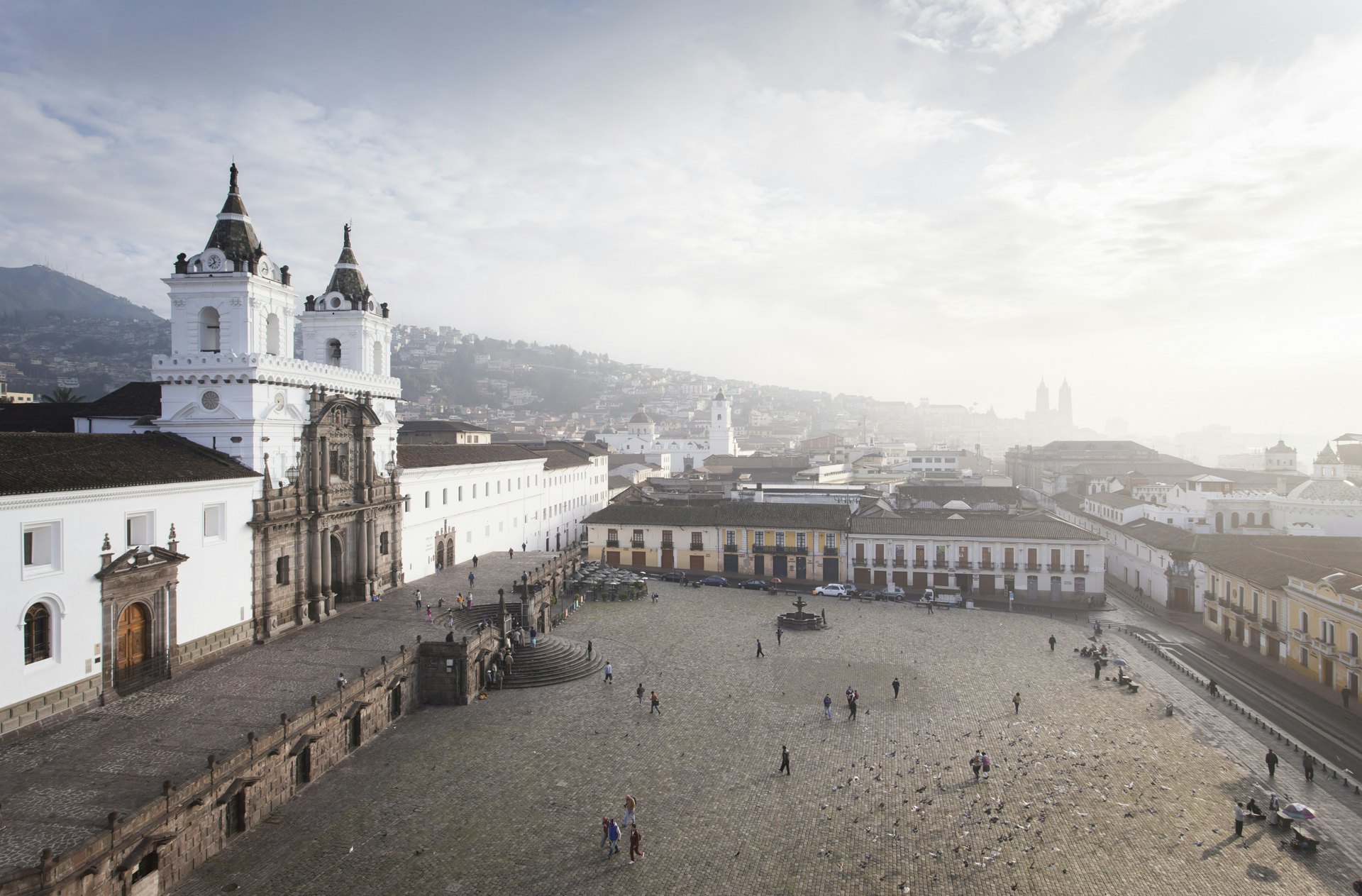
Paola Carrera, Ecuador
From the Himalayas on to the Andes, where Paola Carrera took me shopping in her home neighborhood of San Roque, in the old town of Quito. Her mother gave me a drink of the agua de vida – the water of life – that she sells, a tonic flavored with 25 Ecuadorian herbs and colored brightly pink by amaranth flowers. I was fitted for a felt trilby by the sombrererísta, César Anchala, and then was taken to the stall of fourth-generation shaman Rosa Correa – where screams could be heard from within. Paola recommended that for the sake of thorough research, I should let Rosa treat me in the traditional way for any stress I felt – a good whipping with a bunch of mint, chilies and nettles.

Jamie Gaymer, Kenya
Jamie is the Wildlife and Security Manager at the Ol Jogi conservancy, in Kenya’s Laikipia Plateau. For a man whose job it is to guard highly endangered creatures from heavily armed poachers, he is unusually cheerful. Jamie took me on a hike along a trail bearing the fresh footprints of a leopard, passing boulder-leaping klipspringer and huge-eared gerenuk antelopes. Then he introduced me to Alfie, a black rhino calf. “He is the friendliest rhino I’ve ever come across,” said Jamie. Alfie had developed cataracts in both eyes, his blindness putting him in danger from predators and bull rhinos. On the assumption that the life of every black rhino is precious, Alfie had been moved to a secure enclosure – and I was instructed to give him a firm back massage, as was always needed to calm him to sleep at night.

Foxy Callwood, British Virgin Islands
After sailing on a catamaran between the islands of Tortola and Jost Van Dyke, I dropped in to Foxy’s Tamarind Bar for a Painkiller – a locally invented cocktail of coconut, pineapple, nutmeg and plenty of rum. Here I met bar owner and calypso musician Philicianno "Foxy" Callwood, MBE. This octogenarian, who had spent a lifetime defending and promoting the culture of the British Virgin Islands, strummed his acoustic guitar while singing me a risqué song he had written about a character named Irma. This was a reference to Hurricane Irma, which had caused immense destruction across the islands only a couple of years earlier. Foxy’s lyrics, meanwhile, remain unprintable.

Nomsa Mabila, eSwatini
For one of the last features I researched for our magazine, I traveled on foot and horseback through the tiny African kingdom of eSwatini (formerly Swaziland). At the Mhlumeni Bush Camp – once again sat around a firepit with photographer Philip Lee Harvey – I met Nomsa Mabila. As she looked out at the lights of homesteads glowing between layers of forested hills, Nomsa talked of being raised in a rural place like this – beyond tarmacked roads, where unemployment and rates of HIV infection are high. She had successfully campaigned for Unesco to recognise the remarkable biodiversity of her birthplace, had a hiking trail carved into neighboring Mozambique, and established community managed eco-camps such as the one we were staying in. No one has inspired me more about the transformative benefits of responsible tourism – and I can still hear her wicked chuckle.
During this bewildering time of enforced confinement, such encounters are what I’ve missed the most. But we will, once again, get moving, and find ourselves somewhere content. I also have faith in the future relevance of magazines – to satisfy a desire for a screen break, to linger over storytelling, and as a collection point for human experiences.
The team behind Lonely Planet magazine has collected together 12 previously unpublished features in Out There, an ebook that can be downloaded for free.






